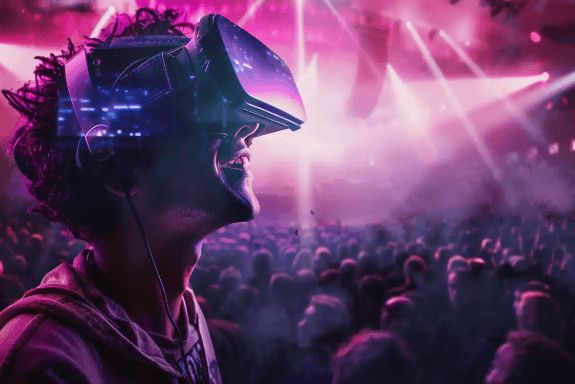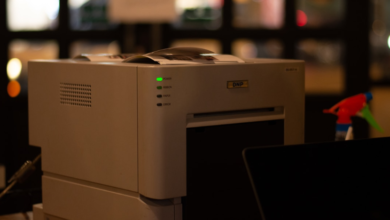How AI Face Swap Technology Is Making Virtual Concerts More Engaging

The integration of AI face swap technology into virtual concerts represents a significant advancement in how audiences engage with live performances. By utilizing sophisticated algorithms, this technology allows fans to see their own likenesses on stage, creating a more intimate and personalized experience. This innovative approach not only enhances visual appeal but also strengthens the emotional connection between the performer and the audience. As we explore the implications of this technology, it becomes crucial to consider its potential impact on the future of live entertainment and audience experiences.
The Rise of Virtual Concerts
As the digital landscape continues to evolve, the rise of virtual concerts has emerged as a transformative phenomenon in the music industry.
These virtual events allow artists to reach global audiences, transcending geographical limitations. Digital performances harness innovative technology, creating immersive experiences that engage fans in unprecedented ways.
This shift not only redefines live music but also empowers artists to explore new creative avenues.
See also: Gabrielle Stone Ex Husband John Morgan: Who Was Gabrielle Stone’s Ex-Husband, John Morgan?
Understanding AI Face Swap Technology
Virtual concerts have not only transformed how artists perform but have also led to the exploration of advanced technologies that enhance audience engagement.
AI face swap technology employs sophisticated face recognition algorithms and image manipulation techniques to create immersive experiences.
Enhancing Audience Engagement
While traditional concerts often create a distance between performers and their audience, AI face swap technology bridges this gap by fostering deeper connections.
This innovative approach enhances audience interaction, allowing fans to see themselves reflected on stage, thereby creating immersive experiences.
Future Trends in Live Entertainment
With the rapid evolution of technology, live entertainment is poised to undergo transformative changes that will reshape how audiences experience performances.
Future trends will emphasize immersive experiences, blending virtual and physical realms. Enhanced audience interaction through AI and AR will create personalized engagements, allowing fans to feel more connected than ever.
This evolution promises a reimagined landscape for both performers and spectators alike.
Conclusion
In the vibrant tapestry of live entertainment, AI face swap technology weaves a transformative thread, connecting artists and audiences in unprecedented ways. As digital avatars dance across virtual stages, the boundaries between performer and spectator dissolve, fostering a collective experience that echoes long after the final note. This innovation not only enhances engagement but also cultivates a rich community of fans, heralding a new era where virtual concerts pulsate with the heartbeat of shared emotion and creativity.




